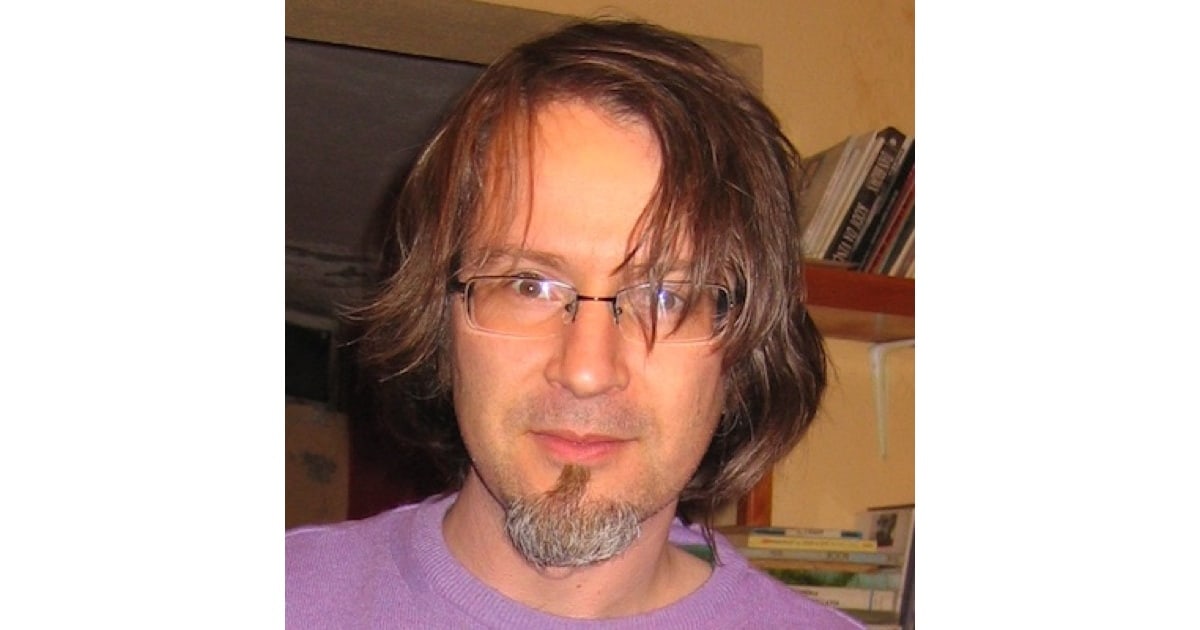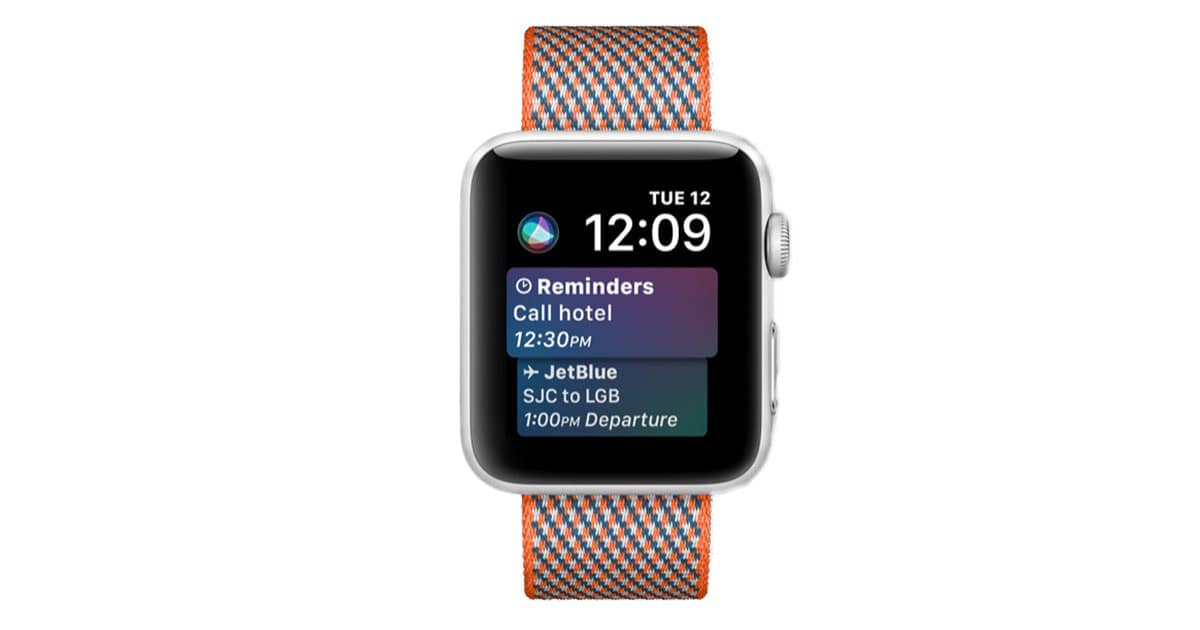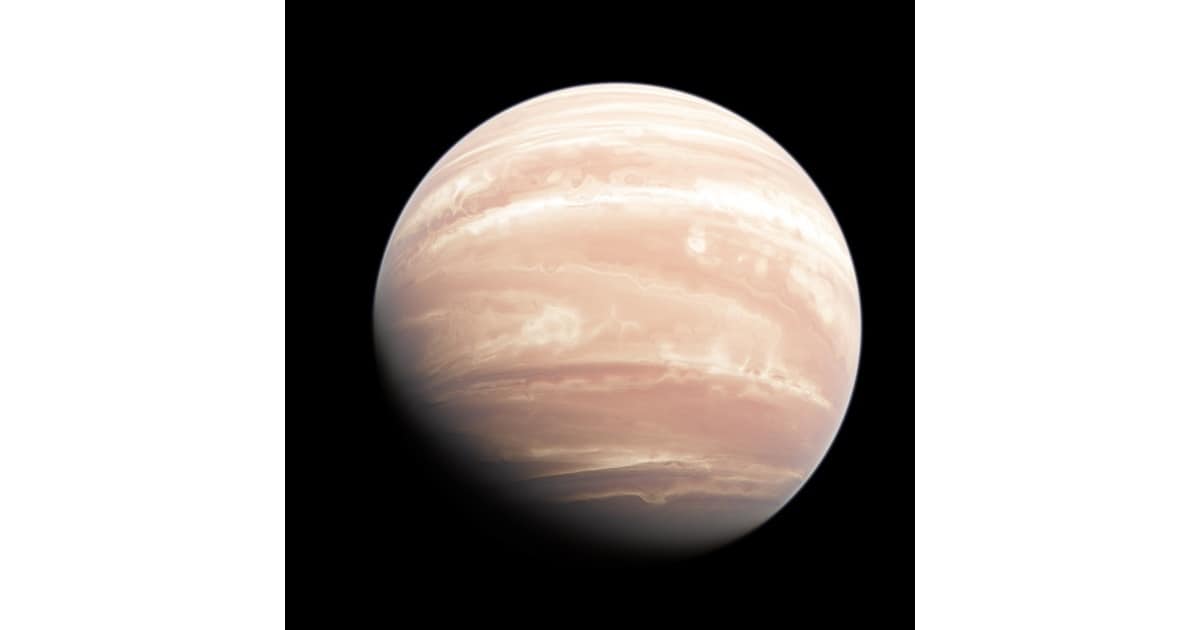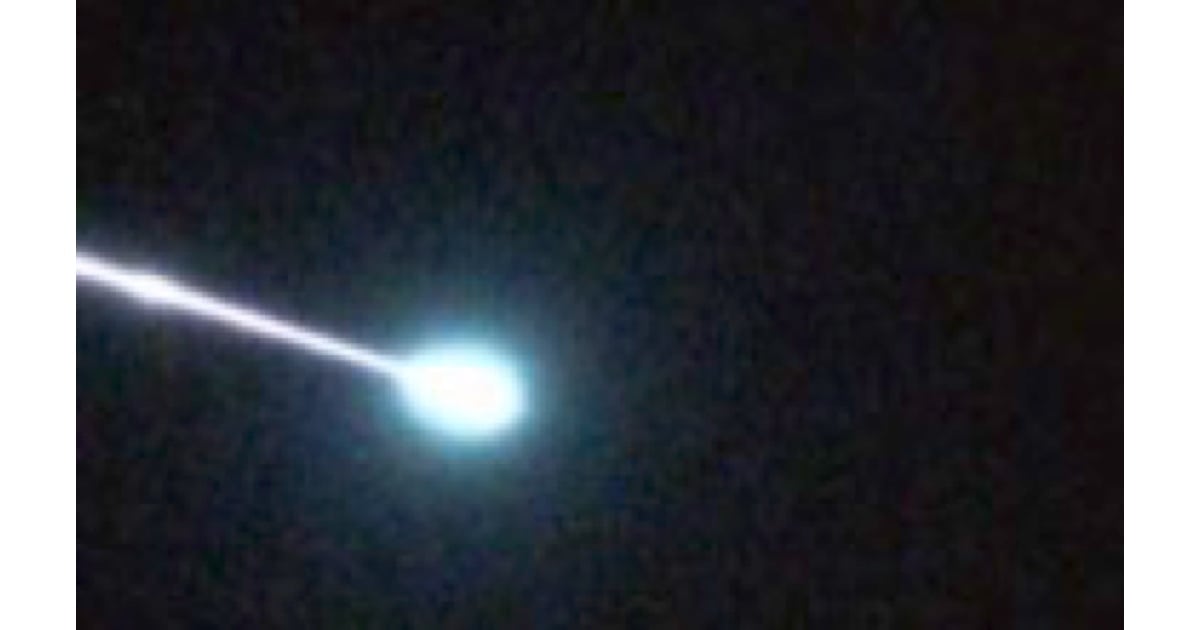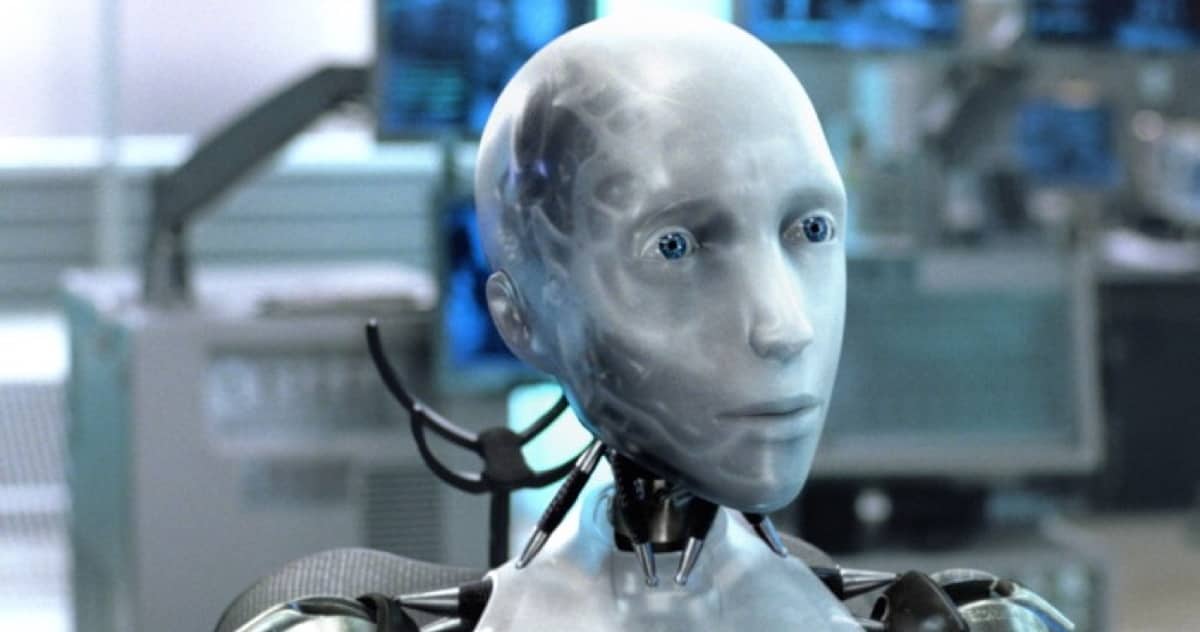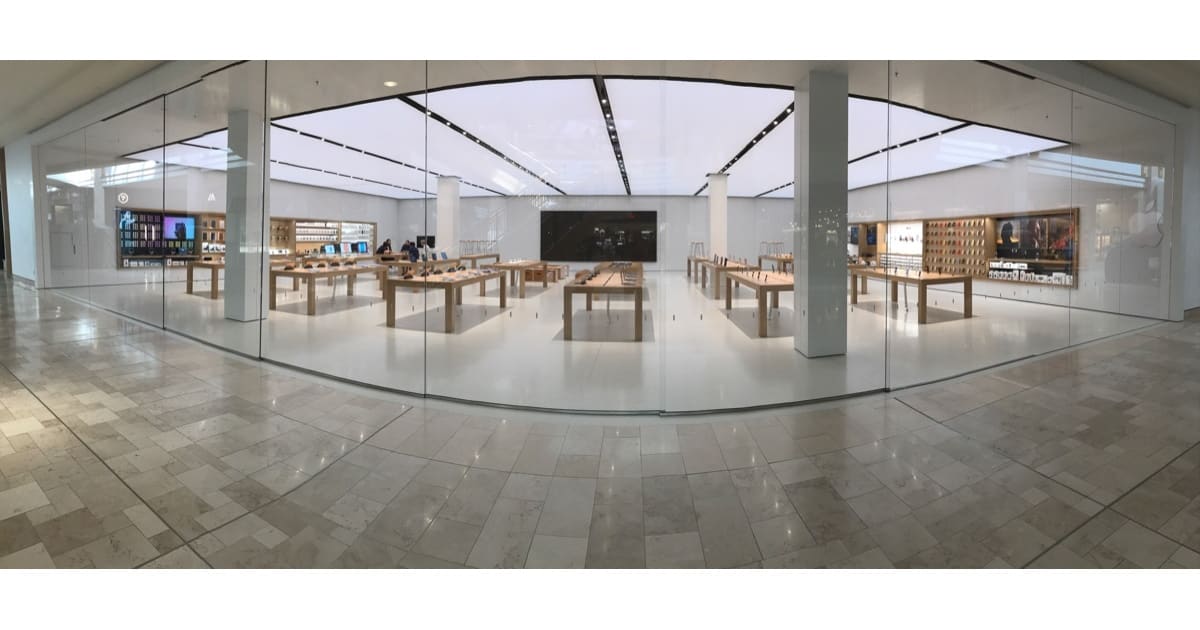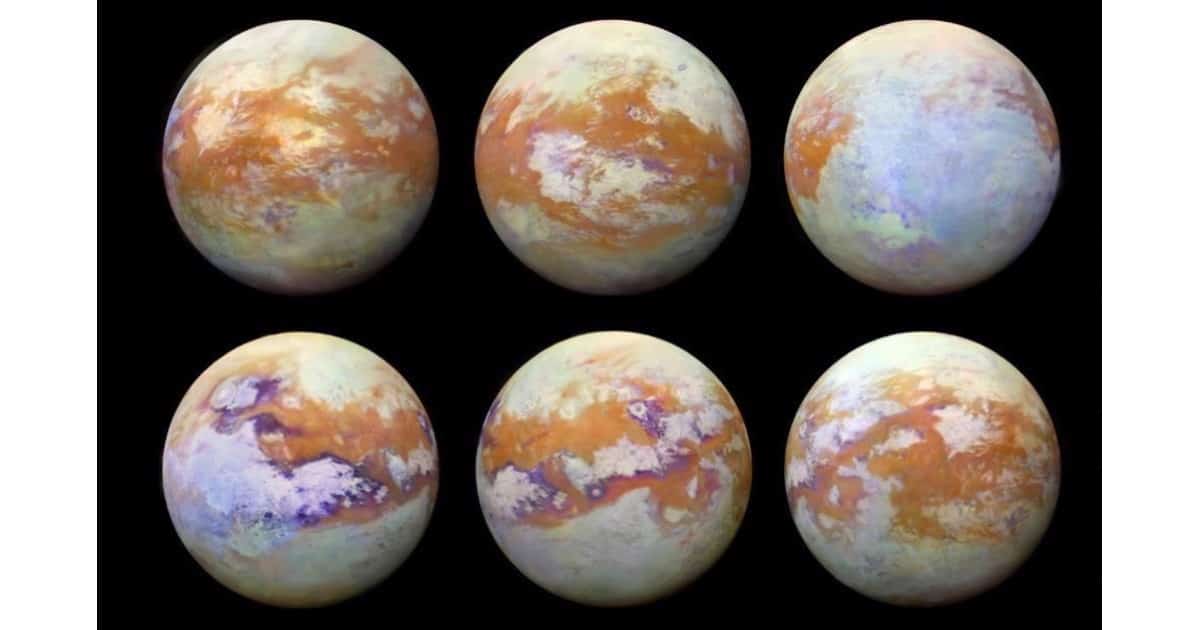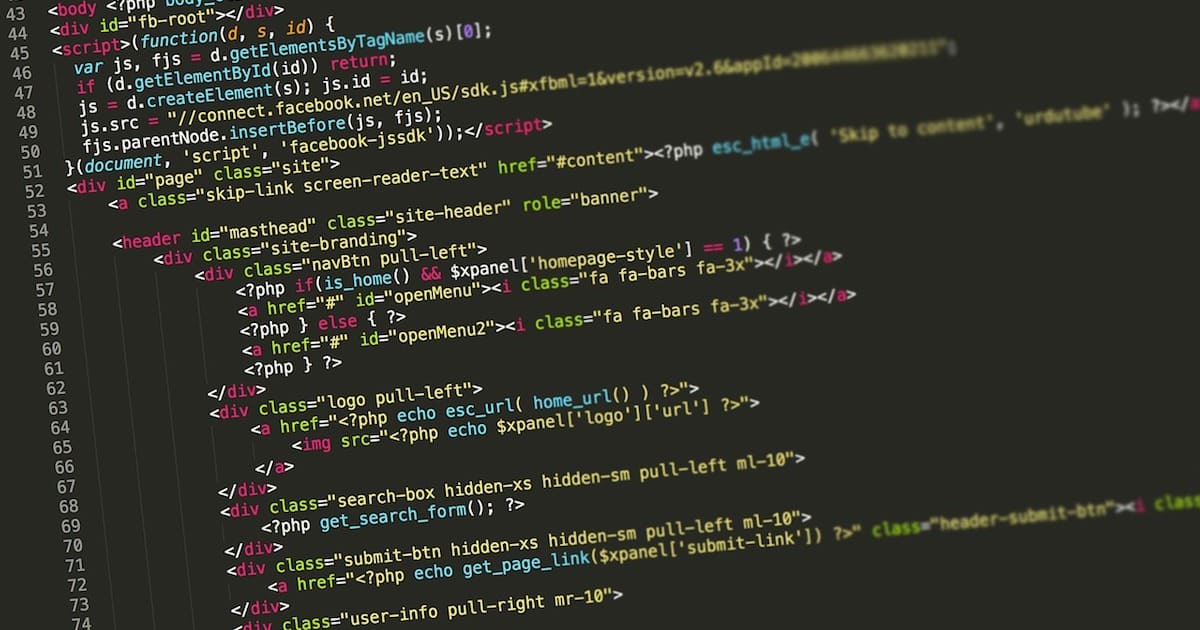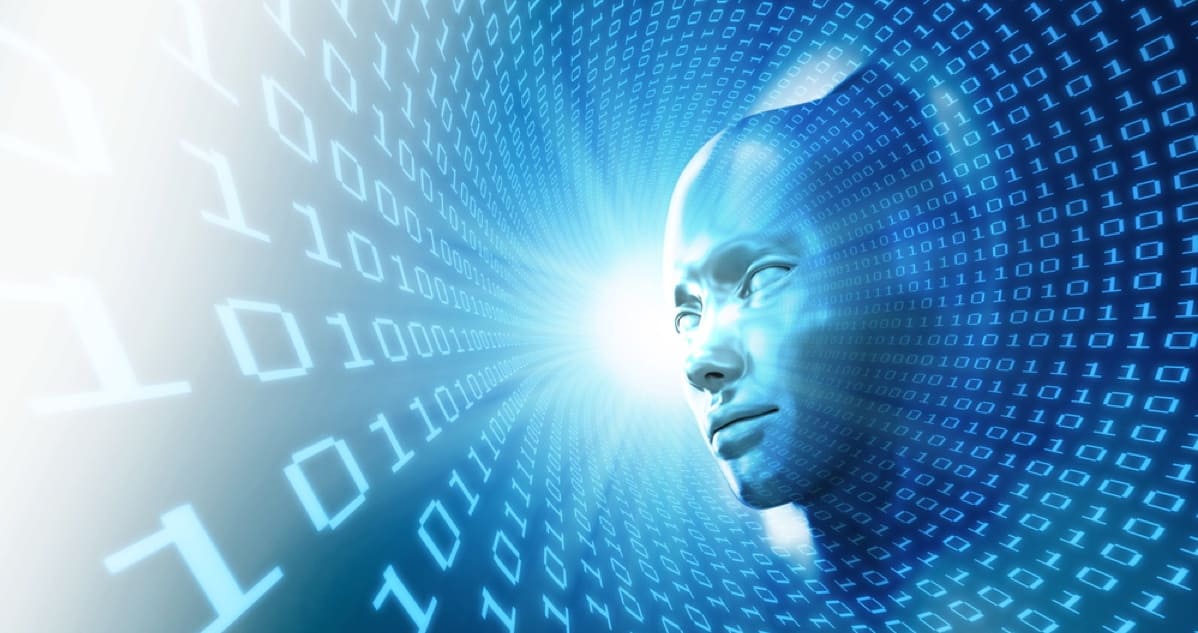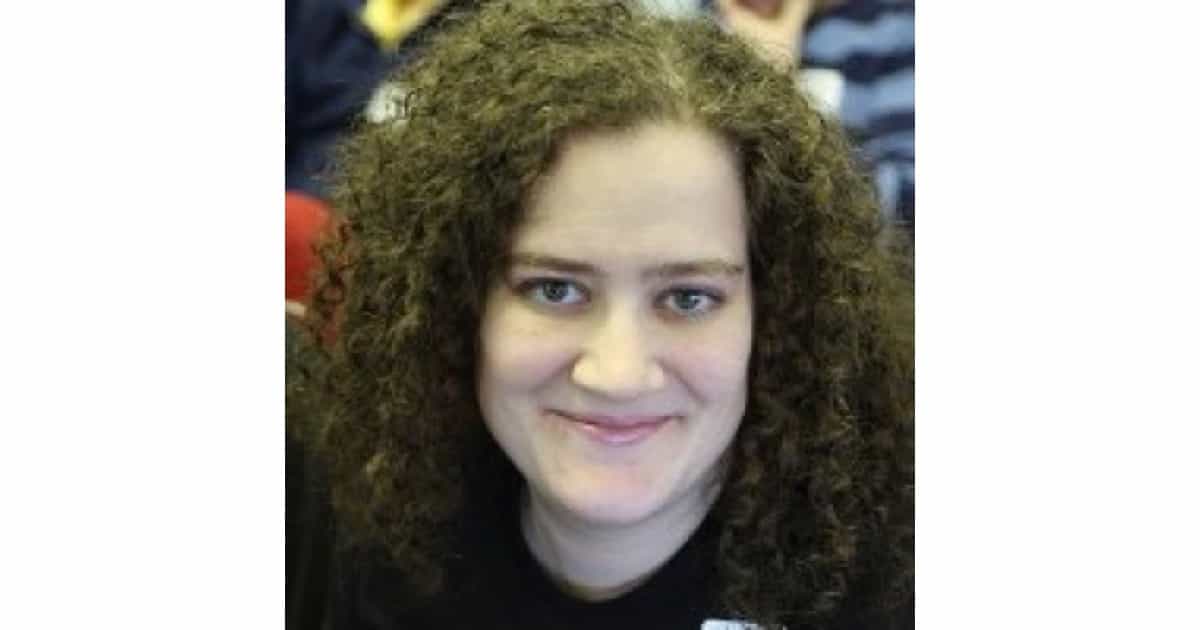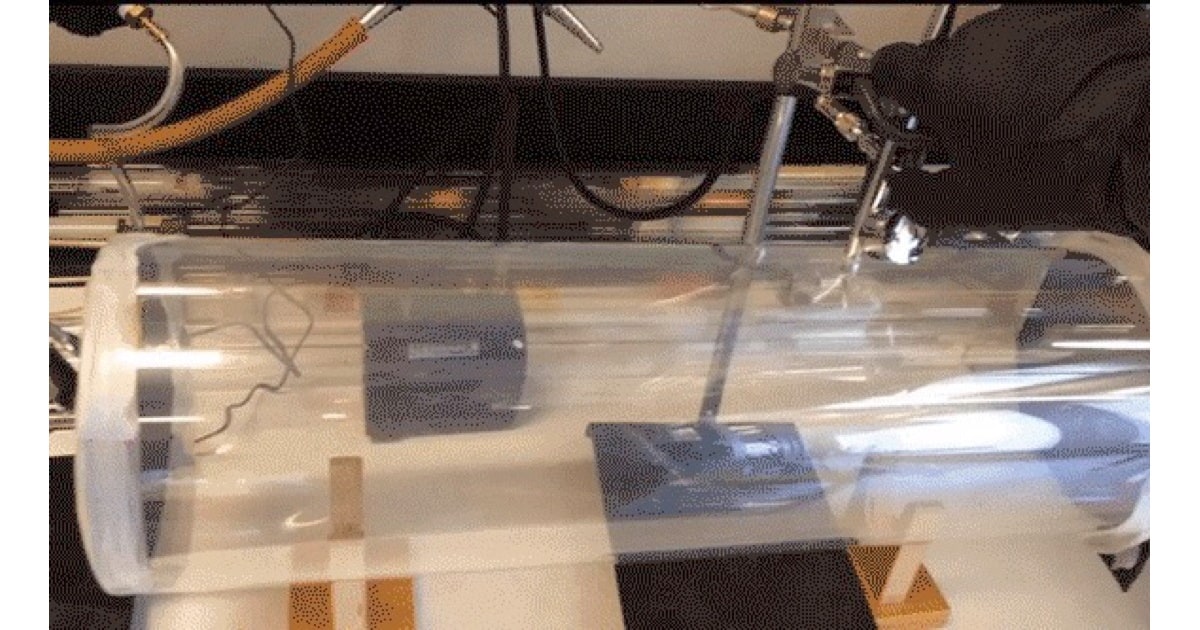In this report from Statista, the market share, over time, of smart speakers is plotted. The Amazon Echo (family) still has the lead, but share has dropped dramatically over the last year. From 76% to 41%. Competitors are catching up. All except Apple, that is. One wonders if that concerns Apple. Or do Apple executives dream of sour grapes instead of a real fight?

John Martellaro
John Martellaro was born at an early age and began writing about computers soon after that. With degrees in astrophysics (B.S.) and physics (M.S.), he has worked for NASA, White Sands Missile Range, Lockheed Martin Astronautics, the Oak Ridge National Laboratory and Apple. At Apple he worked as a Senior Marketing Manager, a Federal Account Executive and a High Performance Computing manager. His interests include chess, science fiction and astronomy. John is the host of the TMO podcast Background Mode.
Articles by John Martellaro
TMO Background Mode Interview with macOS Software Developer Sander Berents
Sander Berents has been fascinated by astronomy since childhood when he started using his older brother’s telescope. In his teens, he also became immersed in BASIC and assembly language programming with his TRS-80. Later, he earned an M.S. in astrophysics. His earliest jobs involved computer programming, and nowadays, he’s an independent, professional macOS software developer and the developer of the macOS app called Observatory. Version 1.0 was released in April 2016. We chatted about the development of Observatory, written in Objective-C and C++, which has several important features for astrophotographers: plate solving, image stacking and a digital blink microscope used for discovery. This app can also be used as a non-destructive photo library for astrophotos. Sander chatted about life as a developer and explained a little bit about how astronomers use his app.
Governments Slowly Exerting Control Over Internet
Whether it’s changing the rules to benefit big business or exerting control over content, governments more and more are seeking to control the internet. It’s all on page 2 of Particle Debris.
How to See the Hidden Categories of Netflix
Looking for movies on Netflix just about baseball? Deep sea horror movies? Martial arts movies? Mashable has posted a nifty article about how to access the master list of several hundred specific categories that may be more to your liking than the default ones displayed. Check it out.
Moto P30 Indistinguishable From iPhone X. Seriously?
Okay, it’s part of the Asian culture to copy popular products. This has been happening in the car industry for decades. But this Moto P30 just about duplicates the iPhone X design. But come on. Really? Seriously? This is over the top. (Image credit: BBC News.)
Kids Can Drown While Parents Immersed in Smartphone
The article’s opening paragraph puts it bluntly. “The world’s largest lifeguard organization claims there’s a direct link between child drownings and the smartphones parents hold in their hands.” Parents know that kids under 4 must be watched like a hawk, especially around water. Or do they?
Verizon Planning to Bring 5G Into (Some) Homes With Apple TV 4K
Verizon has announced plans for a residential 5G service to be tested in four cities that includes an option for an Apple TV 4K. You’ll need a Verizon 5G modem and plan.
What to Expect From the Next Apple Watch, Series 4
The rumor mill is full of predictions about the next Apple Watch, Series 4, which may well be announced in September, 2018. John sizes up the possibilities.
Astronomers Have Discovered a Massive Rogue Planet
A rogue planet is a planet that’s not in orbit around any star. It’s by itself, in orbit around the galactic center. It may have formed around a star and perhaps some severe gravitational perturbation ejected it into the space between stars. In any case, only a few are known. In this discovery, a very large one was detected via its radio emissions. Fascinating.
TMO Background Mode Interview with Host of The Carson Podcast Mark Malkoff
Mark Malkoff is a comedian, filmaker, and the host of The Carson Podcast in which he talks with guests about legendary talk show host Johnny Carson. His guests include stand-up comics who debuted on The Tonight Show Starring Johnny Carson, individuals who worked on the show, and entertainers who were influenced by Carson. I chatted with Mark about his early jobs on various TV shows, sketch comedy, and video projects. As a comedian, he’d always been fascinated by Johnny Carson. It was Peter Jones (PBS) who encouraged Mark to do a podcast all about Carson’s Tonight Show. Mark told me about how he lines up guests and how he prepares. In 180+ podcasts, Mark has learned a lot about Mr. Carson’s personal life and the details of show’s production. Mark enthusiastically shares it all.
How to Use iPhone to Photograph the Perseids Meteor Shower
The predictions are that we could be in for a spectacular meteor shower, the Perseids, in the early mornings August 12th and 13th. Perhaps 75 meteors per hour. John explains where to look and how to capture some great photos with your iPhone.
Apple User's Guide to the Microsoft Surface Family
Apple product users often work cross-platfom. So it’s good to know what’s going on over on the Microsoft side when it comes to Surface PCs. John provides a quick guide to the Surface family of products.
How Facebook Used a Psychological Trick on Teenagers
This article demonstrates many things. 1) Teenagers spend too much time on Facebook. 2) They are subject to psychological manipulation. 3) Those who create channels into teenage minds will do anything to make money. 4) Few realize this is happening. And 5) If Facebook can do this to youngsters, so can others with more unpleasant motives.
Deep Learning About Deep Learning
The terms artificial Intelligence (AI), machine learning, and deep learning are often confused or interchanged. Friday’s Particle Debris links to an article by a researcher who explains the differences. With that background in hand, PD looks at some intriguing research in the field, including research robots that beg for their lives.
TMO Background Mode Interview with NightCap Camera Developer Chris Wood
Chris Wood is the developer of the iOS photography app called NightCap Camera, an app that specializes in low-light photography, be it terrestrial or astronomical. Chris told me the story about his technial evolution as a developer, coming out of a M.S. degree and the IT, database and network world. It was the allure of the original iPhone’s graphics that whetted his appetite for programming in Objective-C . His big break came with the iPad 2 which had a fairly strong graphics processor (for its time). That led to the development of the acclaimed iPad app called Camera Boost. Later, the experience Chris gained led to the NightCap app and its descendant NightCap Camera. Chris and I chatted about the evolution and capabilities of this excellent app that even novice photographers should own.
Allowing Smartphones in Class Hurts Student Grades
A recent study, described at Big Think, reveals that students who multi-task with smartphones in class are less able to retain information they’ll need for future exams. From the article. “This finding demonstrates for the first time that the main effect of divided attention in the classroom is not an immediate effect of selection or switching on comprehension but a long-term effect of divided attention on retention,” the researchers wrote.
The Story and Analysis of Apple's Trillion Dollar Journey
Here’s a thumbnail sketch of Apple’s journey to a trillion dollar valuation — and why it matters to investors and customers.
We Are Emotionally Attached to Apple, and it Shows
Apple knows how to press our emotional buttons in certain, honorable ways. It dictates how we react to the company in our purchases. This is a Good Thing.
More Cool Space Images: Saturn's Moon Titan
Here are the coolest space images of the week collected by digg.com. Highlighted: Saturn’s largest moon, Titan, photographed by the Cassini spacecraft.
If Programming Languages Were Cars, Which Would They Be?
The school fall semester starts soon, and so, for many students, it’s time to think about programming languages they might want to learn. But which?
AI Mania. Can We Keep Up?
New payment systems abound. Artificial Intelligence mania continues. AIs interrogating other AIs and probing their minds. AIs doing cancer diagnosis. And mostly right but sometimes wrong. Facial recognition bites back. Can we keep up? It’s all in Particle Debris page 2.
TMO Background Mode Special Edition Chat with Kelly Guimont: TV Mysteries
Kelly Guimont is a Contributing Editor for The Mac Observer and Social Media Manager for Smile Software. She first appeared here in December, 2015 to tell her career story and has returned several times for interesting technical discussions. In this special edition, we chat about our favorite movie or two, and how, for some movies, the music has become a thing in itself, the soundtrack of our lives. Then we delved into the legendary BBC/CBC mysteries: Foyle’s War, Murdoch Mysteries, Shetland, Death in Paradise, and Broadchurch. For most of these mysteries, we look at their celebration of place that becomes an integral part of the show. Join us as we explore together what makes these shows so cool.
Step From Your Home Right Into the Starship Enterprise
Why have a bare-naked door when you can cover it with this depiction of the corridor from the Enterprise in Star Trek: The Next Generation. It’s available from ThinkGeek for $25. I think I want one.
MIT Research: An Aerosol Spray of Nanobots
Indeed, the nanobots in this MIT research are primitive, but the present and future prospects look to be amazing. “The first [component of the aerosol] is a colloid, an extremely tiny insoluble particle or molecule…. The second part of the sensor is a complex circuit containing a chemical detector built from a two-dimensional material, such as graphene. When this detector encounters a certain chemical in its environment, its ability to conduct electricity improves. The circuit also contains a photodiode, a device that can convert ambient light into electric current. This provides all the electricity needed to power the circuit’s data collection and memory.” This is fascinating research, well explained in the link. It will open new doors.
